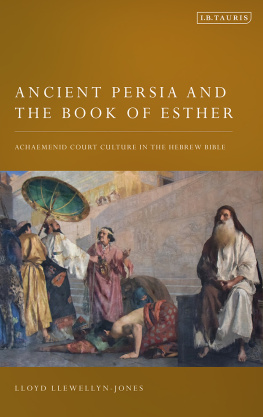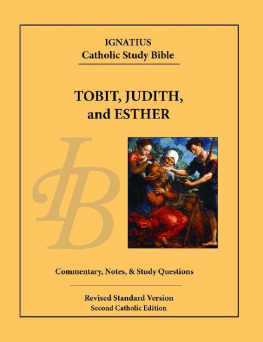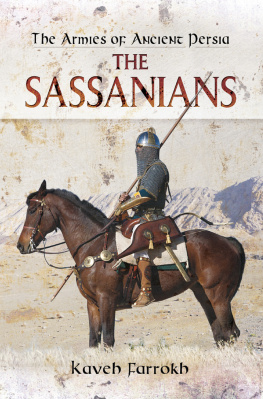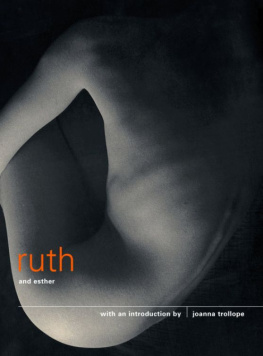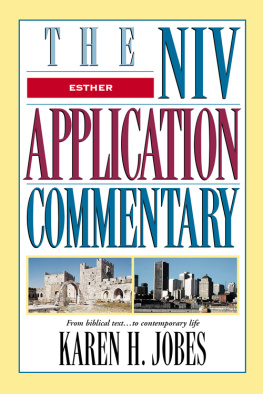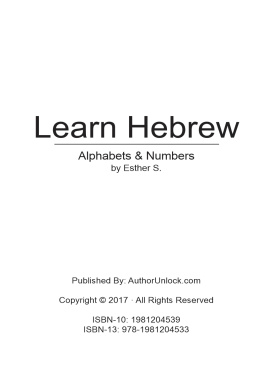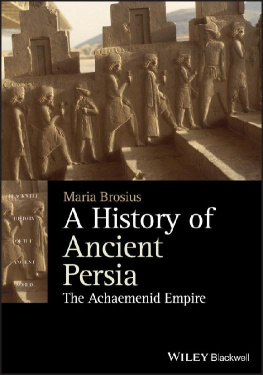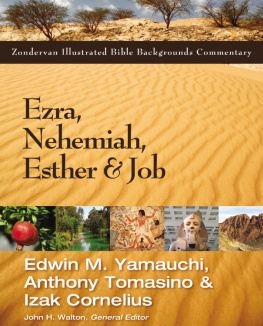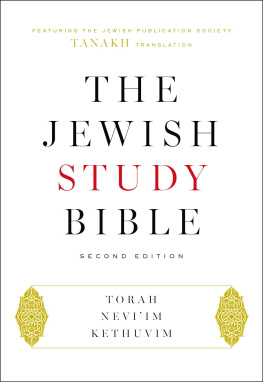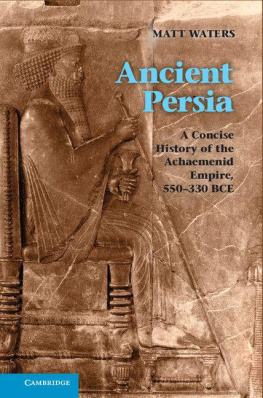Lloyd Llewellyn-Jones - Ancient Persia and the Book of Esther: Achaemenid Court Culture in the Hebrew Bible
Here you can read online Lloyd Llewellyn-Jones - Ancient Persia and the Book of Esther: Achaemenid Court Culture in the Hebrew Bible full text of the book (entire story) in english for free. Download pdf and epub, get meaning, cover and reviews about this ebook. City: London, year: 2023, publisher: I.B. Tauris, genre: Art. Description of the work, (preface) as well as reviews are available. Best literature library LitArk.com created for fans of good reading and offers a wide selection of genres:
Romance novel
Science fiction
Adventure
Detective
Science
History
Home and family
Prose
Art
Politics
Computer
Non-fiction
Religion
Business
Children
Humor
Choose a favorite category and find really read worthwhile books. Enjoy immersion in the world of imagination, feel the emotions of the characters or learn something new for yourself, make an fascinating discovery.
- Book:Ancient Persia and the Book of Esther: Achaemenid Court Culture in the Hebrew Bible
- Author:
- Publisher:I.B. Tauris
- Genre:
- Year:2023
- City:London
- Rating:3 / 5
- Favourites:Add to favourites
- Your mark:
Ancient Persia and the Book of Esther: Achaemenid Court Culture in the Hebrew Bible: summary, description and annotation
We offer to read an annotation, description, summary or preface (depends on what the author of the book "Ancient Persia and the Book of Esther: Achaemenid Court Culture in the Hebrew Bible" wrote himself). If you haven't found the necessary information about the book — write in the comments, we will try to find it.
Esther is the most visual book of the Hebrew Bible and largely crafted in the Fourth Century BCE by an author who was clearly au fait with the rarefied world of the Achaemenid court. It therefore provides an unusual melange of information which can enlighten scholars of Ancient Iranian Studies whilst offering Biblical scholars access into the Persian world from which the text emerged.
In this book, Lloyd Llewellyn-Jones unlocks the text of Esther by reading it against the rich iconographic world of ancient Persia and of the Near East. Ancient Persia and the Book of Esther is a cultural and iconographic exploration of an important, but often undervalued, biblical book, and Llewellyn-Jones presents the book of Esther as a rich source for the study of life and thought in the Persian Empire. The author reveals answers to important questions, such as the role of the Kings courtiers in influencing policy, the way concubines at court were recruited, the structure of the harem in shifting the power of royal women, the function of feasting and drinking in the articulation of courtly power, and the meaning of gift-giving and patronage at the Achaemenid court.
Lloyd Llewellyn-Jones: author's other books
Who wrote Ancient Persia and the Book of Esther: Achaemenid Court Culture in the Hebrew Bible? Find out the surname, the name of the author of the book and a list of all author's works by series.

